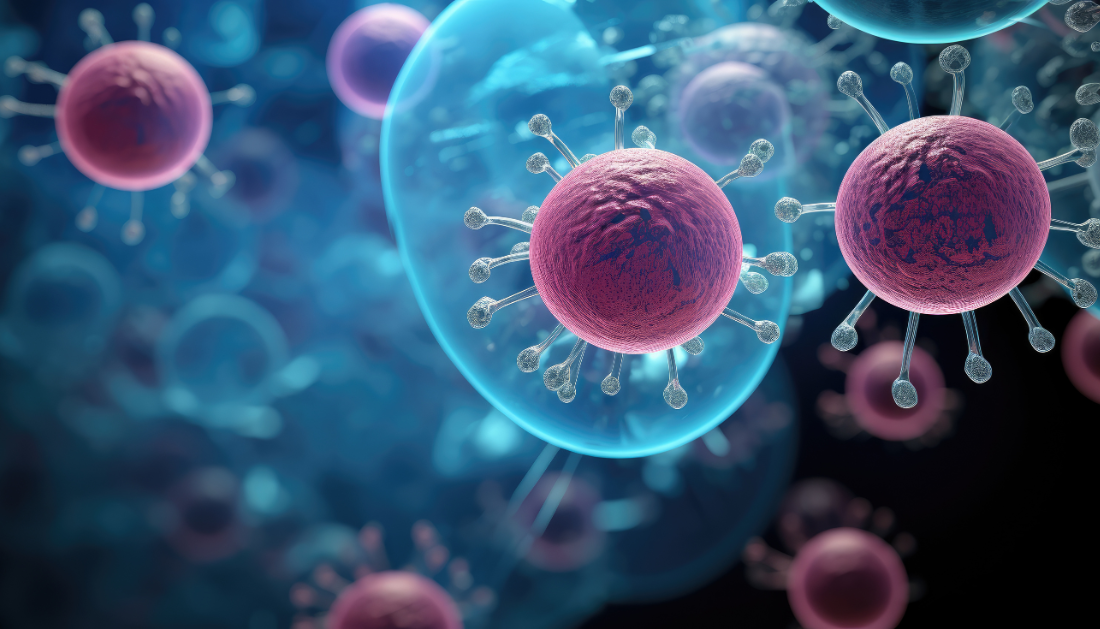

New research has discovered promising steps toward better understanding of antimicrobial resistance (AMR), particularly in hospital-acquired pneumonia (HAP).
Antimicrobial, or antibiotic resistance, is a major global concern, yet little is understood about how to dose antibiotics to reduce bacterium resistance in patients. However, the University of Liverpool is making significant contributions to international efforts to better understand AMR.
In the publication titled, “Molecular pharmacodynamics of Meropenem for nosocomial pneumonia caused by Pseudomonas aeruginosa”. Dr. Christopher Darlow of the University of Liverpool’s Antimicrobial Pharmacology & Therapeutics (APT) group describes a new experimental animal model of HAP in mBio, which was published today (January 18). The model assesses both the efficacy of meropenem, a routinely used antibiotic treating HAP, and how resistance to meropenem develops.
Lung infections are frequent in hospitals, with HAP accounting for roughly 10% of hospital fatalities. Because of the several types of bacteria that cause HAP and the vast number of germs in the lungs throughout the disease, resistance to antibiotics is prevalent. This is due in part to medication researchers determining antibiotic doses to effectively treat HAP without taking into account the dose required to prevent resistance from developing.
The APT group, which includes Dr. Darlow, created a new experimental model of HAP and used it to assess the effects of meropenem. This model has enabled the scientists to detect both the amount of bacteria in the lungs when the antibiotic is administered and the establishment of resistance, including mutations in the genes of the bacteria that cause this.
In this study, the scientists demonstrated that too low doses of meropenem alleviate HAP but also promote resistance. Conversely, resistance can be minimized by increasing the meropenem dose or administering a second antibiotic (amikacin) concurrently. Both tactics can be utilized in clinical settings to combat antibiotic resistance. The scientists also studied how bacteria evolve and adapt to build resistance, providing insight into the underlying mechanisms.
“Through this work we have highlighted the problem of resistance development in HAP when treated by meropenem and demonstrated potential strategies to prevent this, i.e., increasing the meropenem or using a second antibiotic in combination,” Dr. Darlow said.
He added, “Beyond the implications for HAP, this is also a new experimental platform to allow antibiotics (both new and old) to be assessed for their ability to cause development of resistance and identify strategies to mitigate against this. We hope to use this platform for other antibiotics in the future to improve the use of antibiotics and prevent antibiotic resistance development.”
For more information: Nicola Farrington et al, Molecular pharmacodynamics of meropenem for nosocomial pneumonia caused by Pseudomonas aeruginosa, mBio (2024). DOI: 10.1128/mbio.03165-23
more recommended stories
 Can Ketogenic Diets Help PCOS? Meta-Analysis Insights
Can Ketogenic Diets Help PCOS? Meta-Analysis InsightsKey Takeaways (Quick Summary) A Clinical.
 Silica Nanomatrix Boosts Dendritic Cell Cancer Therapy
Silica Nanomatrix Boosts Dendritic Cell Cancer TherapyKey Points Summary Researchers developed a.
 Vagus Nerve and Cardiac Aging: New Heart Study
Vagus Nerve and Cardiac Aging: New Heart StudyKey Takeaways for Healthcare Professionals Preserving.
 Cognitive Distraction From Conversation While Driving
Cognitive Distraction From Conversation While DrivingKey Takeaways (Quick Summary) Talking, not.
 Fat-Regulating Enzyme Offers New Target for Obesity
Fat-Regulating Enzyme Offers New Target for ObesityKey Highlights (Quick Summary) Researchers identified.
 Spatial Computing Explains How Brain Organizes Cognition
Spatial Computing Explains How Brain Organizes CognitionKey Takeaways (Quick Summary) MIT researchers.
 Gestational Diabetes Risk Identified by Blood Metabolites
Gestational Diabetes Risk Identified by Blood MetabolitesKey Takeaways (Quick Summary for Clinicians).
 Phage Therapy Study Reveals RNA-Based Infection Control
Phage Therapy Study Reveals RNA-Based Infection ControlKey Takeaways (Quick Summary) Researchers uncovered.
 Pelvic Floor Disorders: Treatable Yet Often Ignored
Pelvic Floor Disorders: Treatable Yet Often IgnoredKey Takeaways (Quick Summary) Pelvic floor.
 Urine-Based microRNA Aging Clock Predicts Biological Age
Urine-Based microRNA Aging Clock Predicts Biological AgeKey Takeaways (Quick Summary) Researchers developed.

Leave a Comment